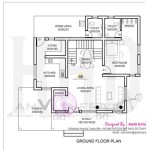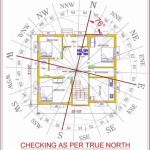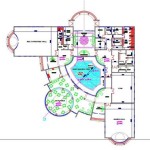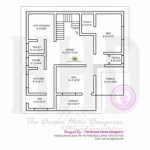Creating a House Floor Plan: Essential Aspects for an Effective Design
A well-designed house floor plan is crucial for creating a functional and aesthetically pleasing living space. By considering the essential aspects outlined below, you can craft a plan that meets your specific needs and preferences.
1. Space Planning
Determine the number and types of rooms you require, considering factors such as family size, lifestyle, and future needs. Allocate appropriate square footage to each room, ensuring sufficient space for furniture, circulation, and storage.
2. Flow and Circulation
Plan a layout that allows for seamless movement between rooms. Avoid creating dead-end corridors or bottlenecks. The main living areas, such as the living room, kitchen, and dining room, should flow together effortlessly.
3. Natural Lighting
Maximize natural light by positioning windows and doors strategically. Ensure that all rooms receive ample sunlight while minimizing glare and excessive heat gain. Proper natural lighting can reduce energy consumption and create a more inviting atmosphere.
4. Room Adjacencies and Function
Consider the relationships between different rooms. For example, the kitchen should be adjacent to the dining room and pantry. Bedrooms should be placed in quieter areas, away from high-traffic zones. By grouping rooms based on function, you can improve efficiency and create a more cohesive living environment.
5. Storage and Organization
Plan for adequate storage space throughout the house. Include built-in closets, shelves, and drawers to keep belongings organized and out of sight. Designate specific storage areas for frequently used items and off-season items.
6. Privacy and Separation
Create a balance between open spaces and private areas. Designate private zones for bedrooms and bathrooms, while allowing for open and shared areas such as the living room and kitchen. Use pocket doors, sliding partitions, or architectural elements to separate spaces when necessary.
7. Architectural Style and Aesthetics
Consider the architectural style of your house when designing the floor plan. The layout should complement the overall aesthetic and create a harmonious flow. Factors such as ceiling height, window size, and room proportions should be in line with the desired architectural style.
In conclusion, creating an effective house floor plan involves careful consideration of space planning, flow, natural lighting, room adjacencies, storage, privacy, and architectural style. By focusing on these essential aspects, you can design a living space that meets your functional needs and creates a comfortable, inviting, and aesthetically pleasing environment for years to come.

Floor Plans Types Symbols Examples

Small House Design 2024001 Pinoy Eplans Floor Plans

House Plans How To Design Your Home Plan

Floor Plan Creator And Designer Free Easy App

Floor Plan Creator And Designer Free Easy App

20 Best Floor Plan To Create Your Plans Foyr

Draw Floor Plans With The Roomsketcher App

Floor Plan Creator Planner 5d

Blender For Noobs 10 How To Create A Simple Floorplan In

Floor Plan Creator Planner 5d








